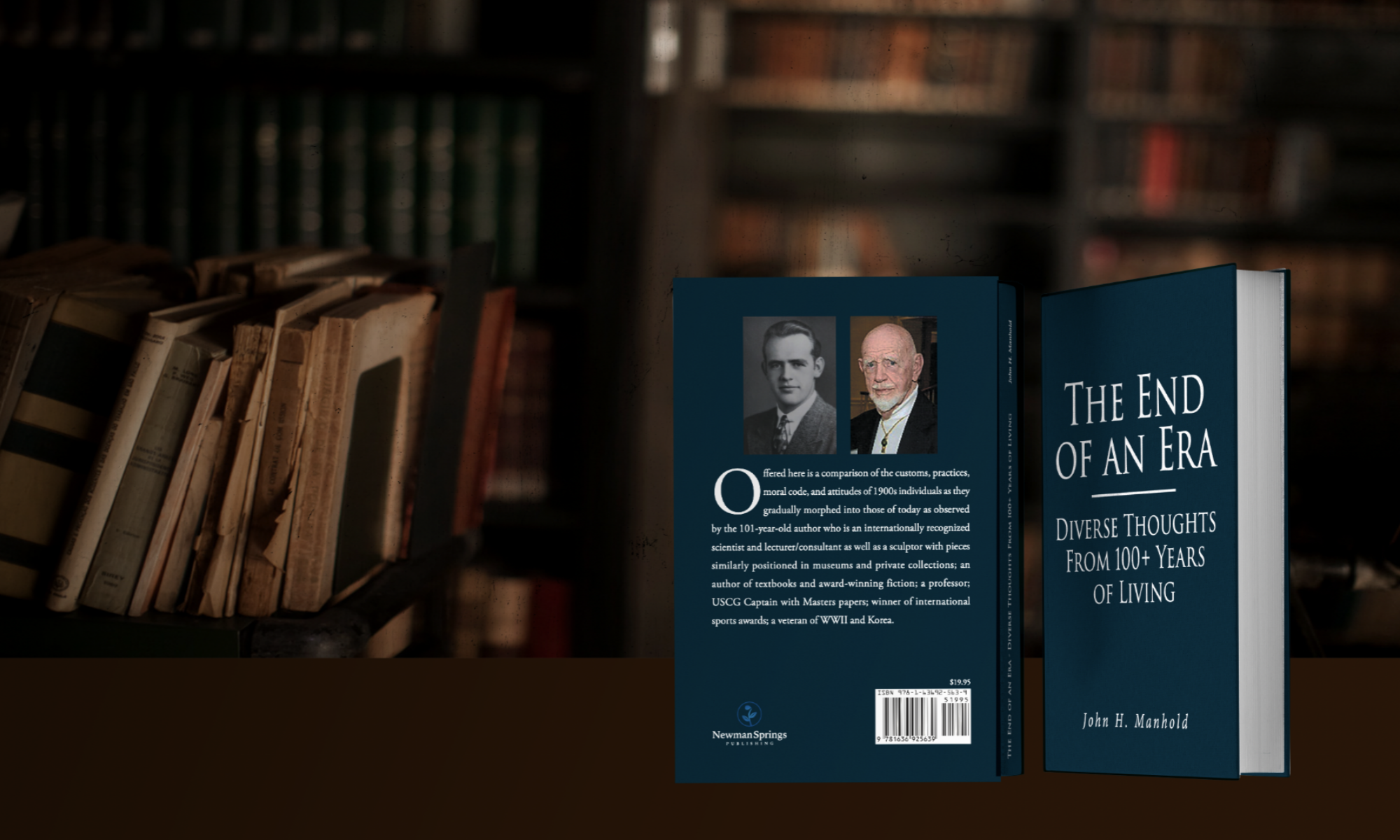7 Days in Russia ISBN: 9781456631796 Orca Publishing, copyright and written by M. G. Crisci.
The book opens with the usual credits, followed by a list of sponsors; acknowledgements; a preface presenting brief biographical data including the raison d’être for the presentation; maps of specific routes taken in the 7-day journey; an amusing (and most appropriate for the Russian language) “Idiot’s Guide to Verbal Survival”; Day 1: “What could go wrong, goes wrong” and each succeeding chapter setting forth descriptions of more enlightening, frequently amusing, activities from each succeeding day. Additionally a photographer of note, the author was able to provide photographs of many of the places and people visited. Thus, the book describes an interesting and eye-opening account of the country and its inhabitants that will surprise many, if not most of today’s Americans.
Discussion: The author has presented a most appealing picture to describe present-day Russia that have strengthened his beliefs that the alcoholism, surveillance, and otherwise general effects of apprehension among the residents now exist only within the beliefs of the average American. Regrettably and most apologetically, this reviewer still retains some measure of reservation in totally accepting the author’s conclusion. He makes mention of the fact that his trip was made during one of Putin’s inaugurations following a first that had preceded it by two years. And from the freedom he noticed, and to a large extent quite ably demonstrated, today’s Russia appears to be one that is far removed from that which long existed. This reader also has travelled to Russia and experienced some similarities to those set forth by the author, but under other circumstances; i.e. not visiting as a tourist, but as a scientist visiting other scientists. We encountered most comfortable accommodations, transportation, excellent food and entertainment and really had no sense of being under any manner of surveillance other than tight restriction with respect to picture taking. (Granted this first trip was made when Gorbachev was struggling to bring the country together following the Troika disasters.) A week later we visited St. Petersburg to see the magnificent Hermitage and had the fascinating added pleasure of attending a performance of Boris Godunov in the city’s gem-like Opera House. Upon boarding our plane to leave Russia, a seemingly inconsequential remark by an In-Tourist representative provided a definite impression that surveillance of our activities actually had been quite extensive. Activities encountered on a subsequent trip a few years later still did not offer any definitive answer causing two other thoughts linger. Within the last 2-3 years this reader has received translations of books by Russian authors to review. None of these offer any clarification of the situation for this reviewer, but in fact strengthen an originally observed observation of a seeming dichotomy in the manner in which different classes or grades of citizens are observed/treated according to their main source of employment and/or activities; the other, a tendency toward observation/treatment according to religion, especially the apparent persistence of a degree of anti-Semitism – a feature one author commented on as having been accurately mentioned in my review. Additionally as continually discussed ‘ad nauseum’ by the media, we still have the involved Russian-American political situation.
Still another possibly unrecognized component in this seemingly benign Russian citizens’ complete freedom – the unbidden thought that this author, as a well-known lecturer as well as friend of the Director of the Russian Cultural Center in Washington D.C., may have received some measure of un-requested and un-recognized aid in his reception and activities in Russia. But then again, and most apologetically, this reviewer is an American who had WW II acquaintances and memories, the Cold War, Cuban fiasco, of the recurring political charges and the rest, as well as a couple of personal visits to Russia as a scientist conferring with scientists. Albeit this individual’s trips were a few years previous to Mr. Cristi’s and the memories may well be influenced by the troubled times not experienced by the author of this book. Trump and Putin seem to understand each other and actually seem to ‘be on the same page’ whereas the old hardliners of the Russian Politburo and those in the U.S. Deep State appear to be unrelenting. Perhaps it would be better if both countries paid a little more attention to China?
But to conclude, the picture the author has provided hopefully is the correct one as he has described it and this book is highly recommended as a most enlightening and interesting read for ALL Americans to further assess and better interpret the barrage of news to which they constantly are subjected.
5* Highly recommended as described.
